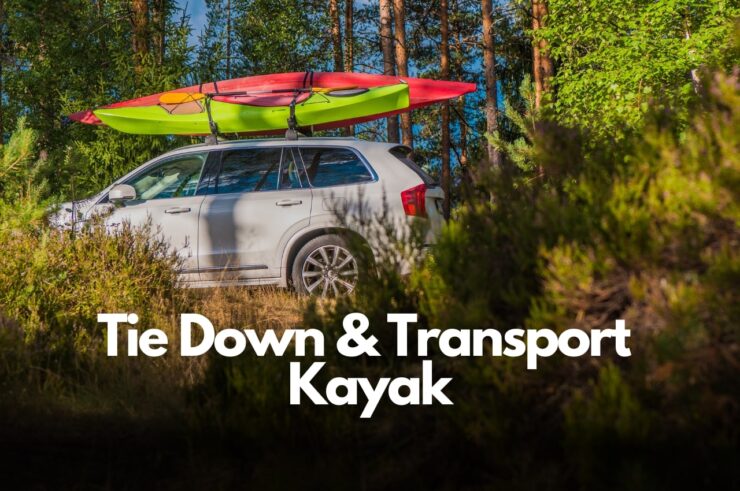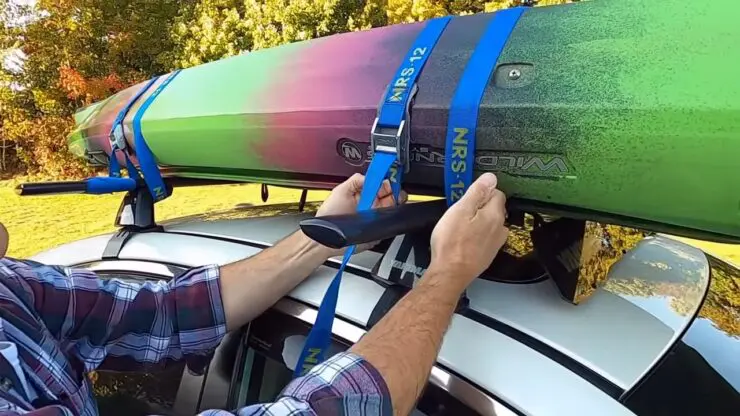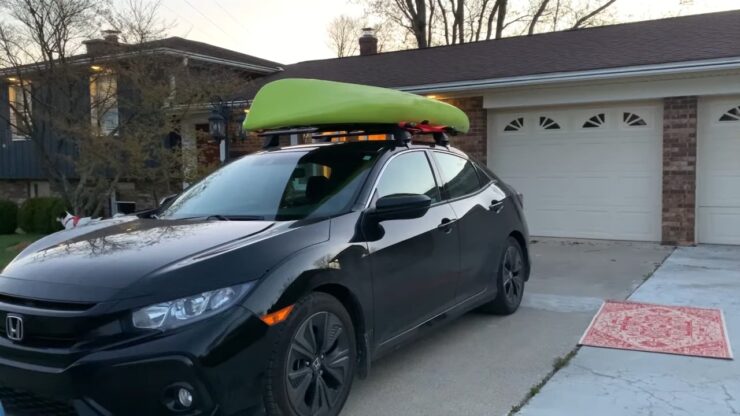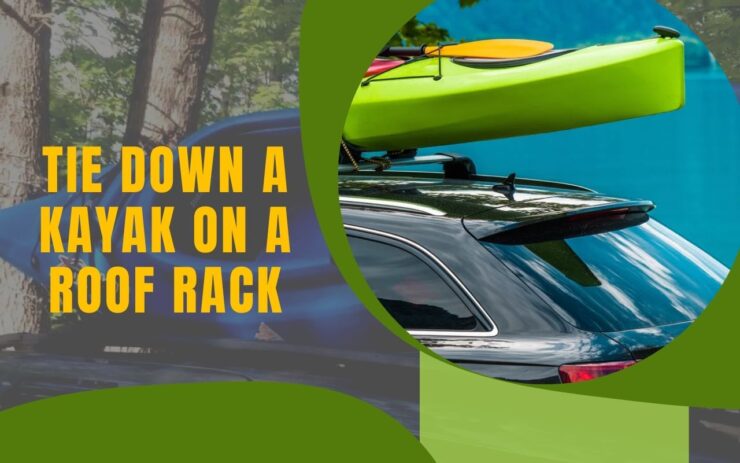One of, if not the most problematic thing about owning a kayak is certainly handling it. It is a big item and therefore not an easy one to figure out.
There are various situations in which this is an obvious problem and the bigger the kayak, the more issues there are.
Therefore, before buying your first paddling vessel, you must already have the handling and access figured out.
The ways in which kayaks are a challenge to deal with are obvious.
The first of course deals with storage. Storing such a big item is not easy especially if you are already struggling with space.
It really needs a dedicated place to be kept when not in use and most people have a section of the garage made for it.
Overhead hanging storage and wall mounts are the two most common options to store them.
The real problem is when you do not have a closed space and have to keep it outside, in which case the kayak must always be covered.
Maintenance is another big deal particularly when it is outside. The sun is the biggest enemy of kayaks due to its detrimental UV damage.
To prevent this, you should use kayak covers when storing them outside and a special protection spray that acts like sunscreen.
Table of Contents
ToggleKayak Transportation

However, there is an even bigger issue, one that this article tackles, and that is kayak transportation. It does not take long before you realize that it is a drag and a challenge to bring it out to the water, and then back again.
Transporting your vessel to the nearest body of water implies getting out of the storage, carrying to the vehicle, and then bringing it from the vehicle to the water.
Once you are done, you do it all over again. What this means is that the transport solution needs to be optimal so that everything is easy and straightforward.
One of the most common ways in which people do it is on the roof of their car.
While towing a kayak trailer behind your vehicle, using the bed of your truck to carry it, or putting it inside the vehicle are all good options, using a roof rack is arguably the most optimal way to do this.
Still, there is the right and the wrong way to do it and in the following sections, we discuss how to properly tie down your kayak to the roof rack so that it remains secure no matter the length of the trip.
There have been many kayaks that fell off the roof and got damaged, putting in danger other traffic members. To escape this from happening to you, tying it down correctly is crucial.
Tying Down the Kayak

In order to carry a kayak on the roof of your car, there must already be a roof rack attached to the car.
There is no going around it so if you do not have it, make sure to first invest in one.
It will be useful and applicable in many other situations and it is one of those things that everyone should have.
Racks like these are particularly useful for long camping, skiing, hiking, and of course kayaking tours.
The most basic roof luggage system includes crossbars that run across the roof of the vehicle that acts as anchors to which you attach or tie down stuff.
Some cars have stock, factory-installed bars from the front of the roof to the back.
Some sit on top of the roof, others extend further. It all depends on the type of vehicle you have.
Attaching your kayak to these is best done with tie-down straps like cam straps or hooks.
They are the quickest and easiest way to tightly secure the kayak.
Two straps should do, one in the front end and one in the back, but more maximum security you can use three.
If you want nothing but the best for your kayak roof transporting needs, you should think about investing in a kayak rack system.
Dedicated, specialized roof racks exist that are made specifically for carrying kayaks.
They make attaching and tying down paddling vessels a piece of cake, which is great for those who go kayaking multiple times per week and want an easy access option.
The rack attaches to the already existing crossbars and holds the boat. It is either J or V-shaped, but it hardly matters.
You will still need some straps attached to anchor points both on the roof rack and the kayak, but the whole setup will be much more secure than using only the crossbars.
Loading the Kayak

Tying it down can only happen once you have the kayak up on the roof and secured in place.
Before that can happen though, and before you start lifting it, there are some safety concerns.
First of all, make sure to have some kind of help from another person to help you.
Have one person grab at the bow, and the other grabs the stern side.
Stand next to the car in a parallel position and lift the kayak together. Lift with your legs, not the back.
When the boat is overhead, move it in one motion, together, and place it directly above your vehicle. Gently set it down and proceed to tie it down.
If you are doing it alone, know that it will be more difficult but it is of course possible.
Instead of lifting it overhead and moving it above the car, you will have to lean it against the back of the car and push it up until it is fully on top.
Use a blanket or a towel for the rear end of your car so as not to damage the paint job, the window, or the kayak.
Rolling wheels are of great help and you should invest in them if you deal with kayaks on a regular basis.
Once you do it a few times, it will become second nature and you will figure out your car and kayak combination.
Meet Maria Alexander, the fearless adventurer steering the ship at KayakPaddling.net. Her mission? To convince you that life’s too short for dry land and that the best stories always start with “So there I was in my kayak…”
Related Posts:
- 16 Best Kayak For Beginners 2025 - Kayaking Adventure Gear
- 10 Best Inflatable Kayak 2025 - Rivers, Lakes & Open Seas
- 12 Best Motorized Kayak 2025 - Start Your Aquatic Adventure!
- Heavy Duty Fishing: 11 Best Rods And Reels For Big Fish 2025
- 10 Best Kayaks For Camping 2025 - Lightweight and…
- 13 Best Fishing Kayak Under $500 in 2025 -…












